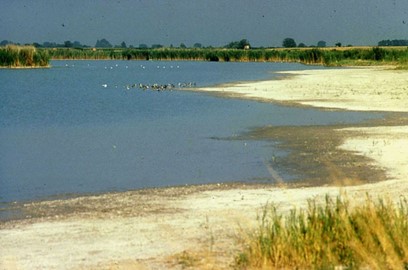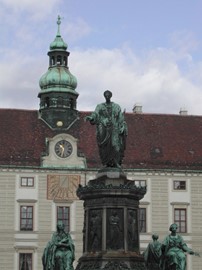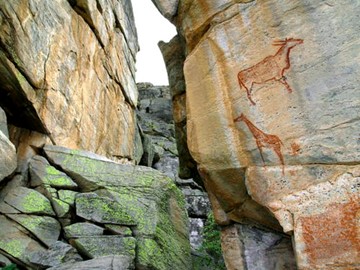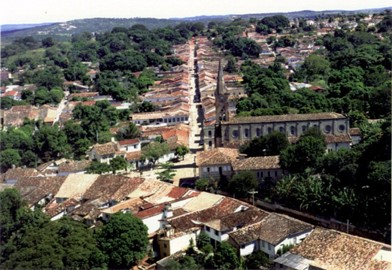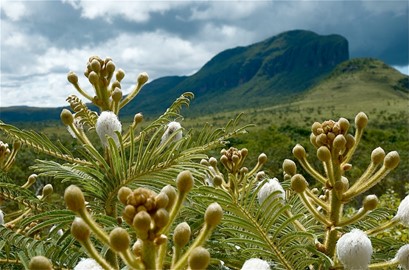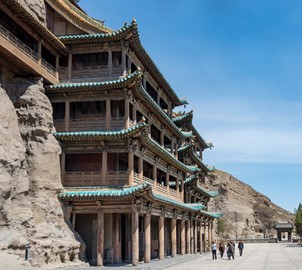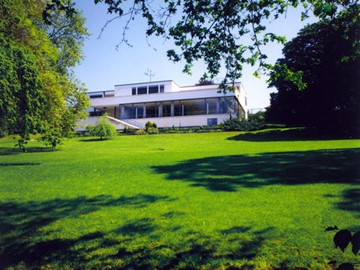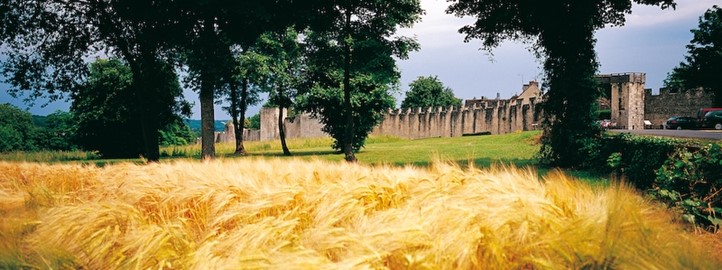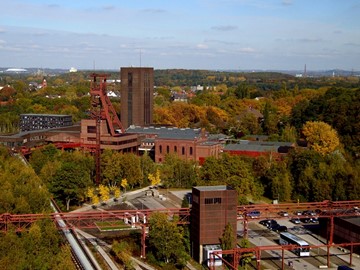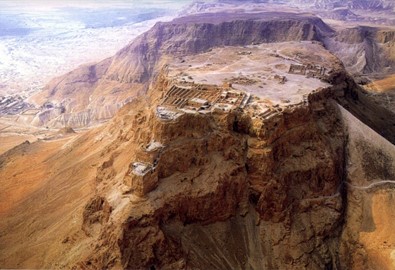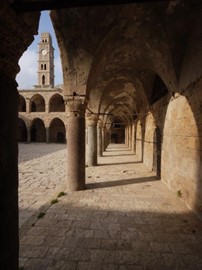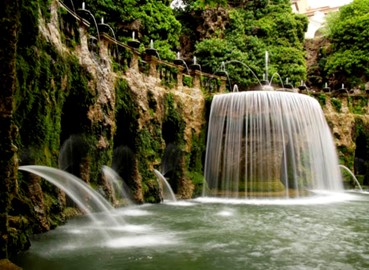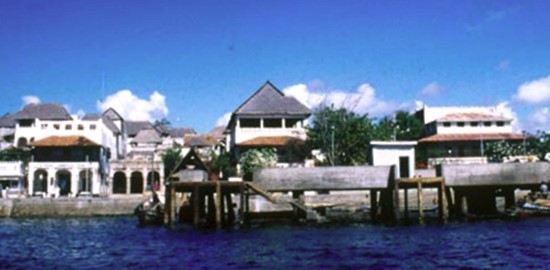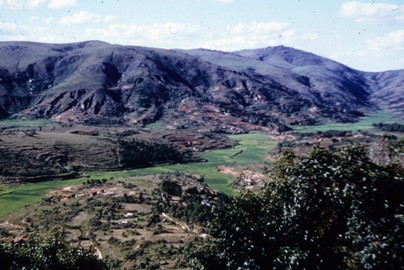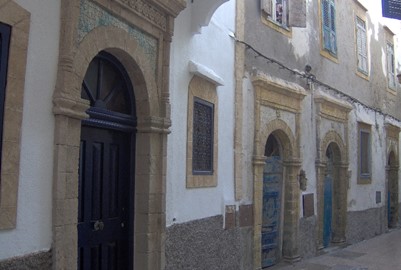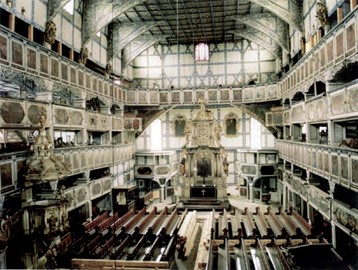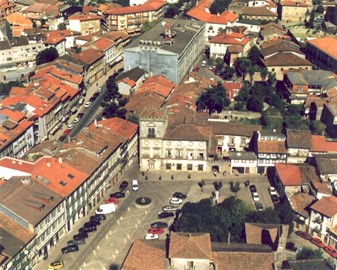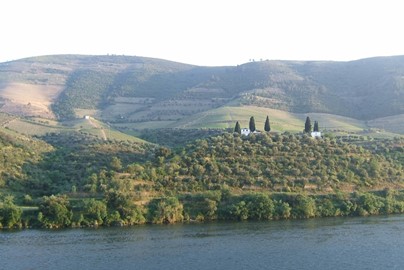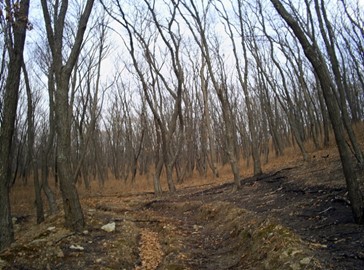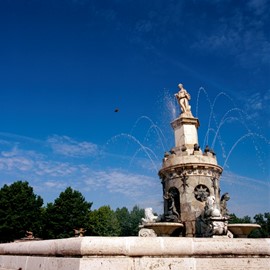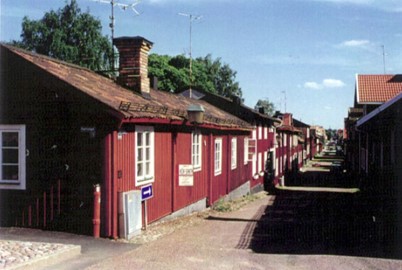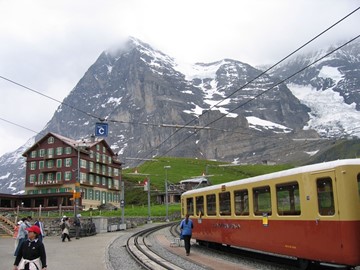year :: 2001
Fertö / Neusiedlersee
Fertö / Neusiedlersee, a UNESCO World Heritage site in Austria and Hungary, recognized in 2001, is a cultural landscape around Central Europe’s largest steppe lake, shaped by millennia of human activity. Featuring reed beds, vineyards, and historic villages, it blends natural beauty with traditional farming and winemaking from Roman times to the present. This cross-border site reflects a harmonious coexistence of people and nature, showcasing Austria and Hungary’s shared cultural heritage in a unique wetlan... Read More
Vienna
The Historic Centre of Vienna, a UNESCO World Heritage site in Austria, is a grand urban landscape celebrated for its architectural splendor and cultural legacy. Featuring a mix of Gothic, Baroque, and Imperial styles, its palaces, cathedrals, and elegant streets reflect centuries of artistic and political influence. Once the heart of the Habsburg Empire, it remains a vibrant hub for music, art, and history. This well-preserved cityscape stands as a testament to Vienna’s enduring role as a European cultural... Read More
Tsodilo
Tsodilo, a UNESCO World Heritage site in Botswana, is a sacred rocky outcrop renowned for its ancient rock art and spiritual significance. Featuring over 4,500 paintings from as early as 1000 BCE, it reflects millennia of human presence and cultural traditions of the San people. Recognized by UNESCO in 2001, the site’s striking quartzite hills also hold archaeological evidence of early habitation. Tsodilo stands as a profound testament to Botswana’s prehistoric heritage.
Goiás
Goiás, a UNESCO World Heritage site in Brazil, is a colonial town renowned for its 18th- and 19th-century architecture and historical charm. With cobblestone streets, simple churches, and red-tiled houses, it reflects its past as a gold mining and administrative center. Recognized by UNESCO in 2001, it preserves Brazil’s early inland settlement heritage. Goiás remains a quaint symbol of the country’s colonial history.
Fernando de Noronha and Atol das Rocas
Fernando de Noronha and Atol das Rocas, a UNESCO World Heritage site in Brazil, are pristine marine ecosystems celebrated for their biodiversity and natural beauty. This volcanic archipelago and coral atoll host dolphins, sea turtles, and vibrant reefs, thriving in clear Atlantic waters. Inscribed by UNESCO in 2001, they’re vital for marine conservation and research. The site remains a breathtaking testament to Brazil’s oceanic heritage.
Chapada dos Veadeiros and Emas
The Cerrado Protected Areas, encompassing Chapada dos Veadeiros and Emas National Parks in Brazil, form a UNESCO World Heritage site celebrated for preserving the Cerrado, one of the planet’s oldest and most diverse tropical ecosystems. These parks safeguard vital flora, fauna, and habitats, serving as refuges for species during past climate shifts and playing a key role in sustaining the region’s biodiversity amid future changes. Chapada dos Veadeiros, perched on an ancient plateau, boasts stunning highlan... Read More
Yungang Grottoes
The Yungang Grottoes, a UNESCO World Heritage site in China, are a magnificent series of 5th-century Buddhist cave temples carved into sandstone cliffs. Housing over 50,000 statues, from towering Buddhas to intricate reliefs, they showcase early Chinese rock art and the spread of Buddhism. This ancient site blends artistic mastery with spiritual significance, offering a striking testament to cultural heritage.
Alejandro de Humboldt National Park
Alejandro de Humboldt National Park, a UNESCO World Heritage Site in Cuba, is renowned for its exceptional biodiversity and complex ecosystems. Named after the German scientist Alexander von Humboldt, who explored the island in the early 19th century, the park features a diverse range of flora and fauna, including numerous endemic species found nowhere else on Earth. Its varied topography, from lush rainforests to coastal landscapes, supports unique evolutionary processes, making it a critical conservation ... Read More
Tugendhat Villa
Tugendhat Villa, a UNESCO World Heritage site in Czechia, is a masterpiece of modernist architecture designed by Ludwig Mies van der Rohe and Lilly Reich in 1928–1930. Built for Fritz and Greta Tugendhat, it showcases innovative spatial design, functionalism, and industrial materials like reinforced concrete and large glass windows, embodying the 'less is more' philosophy. Its open interior, luxurious materials such as onyx and tropical woods, and seamless connection to the outdoors redefined modern living.... Read More
Provins
Provins, a UNESCO World Heritage site in France, is a well-preserved medieval town renowned for its historical significance and annual medieval fairs. Once a thriving commercial hub in the 11th and 12th centuries, it features impressive fortifications, including ramparts and towers, alongside charming cobblestone streets and half-timbered houses. The town’s rich past comes alive through landmarks like the Tithe Barn and the underground galleries, offering a glimpse into its medieval legacy. Today, Provins a... Read More
Zollverein
Zollverein Coal Mine, a UNESCO World Heritage site in Germany, is a striking industrial complex from the early 20th century, once a powerhouse of coal mining and steel production. Designed in the Bauhaus style, its towering shafts and vast halls blend functionality with modernist aesthetics. Built in the 1930s, it symbolizes the peak of the Industrial Revolution in Europe. The site includes a coking plant and workers’ settlements, reflecting the era’s social and economic life. Today, repurposed as a cultura... Read More
Masada
Masada, a UNESCO World Heritage site in Israel, is an ancient mountaintop fortress renowned for its historical and archaeological significance. Built by King Herod in the 1st century BCE, it features well-preserved palaces, bathhouses, and storehouses, showcasing Roman-era engineering. The site is celebrated as a symbol of Jewish resistance, linked to the dramatic stand of rebels against Roman forces in 73 CE. Its strategic location and stark desert backdrop highlight its enduring cultural importance.
Acre
The Old City of Acre, a UNESCO World Heritage site in Israel, is a historic port city renowned for its well-preserved Crusader-era fortifications and medieval urban layout. This coastal gem features an intricate network of underground tunnels, a grand Knights’ Hall, and remnants of Ottoman architecture, reflecting its layered history as a cultural crossroads. Its strategic location has shaped a unique blend of Eastern and Western influences, evident in its ancient walls and bustling markets.
Villa d'Este
Villa d'Este, a UNESCO World Heritage site in Italy, is a masterpiece of Renaissance design renowned for its opulent gardens and innovative water features. This 16th-century estate boasts a series of terraces adorned with elaborate fountains, cascades, and pools, powered by an intricate hydraulic system. The villa itself exemplifies architectural elegance, while its landscaped grounds reflect the era’s artistic and engineering prowess, making it a celebrated cultural landmark.
Lamu
Lamu Old Town, a UNESCO World Heritage site in Kenya, is a well-preserved coastal settlement showcasing a unique blend of Swahili architecture and traditional urban design. Its narrow streets, coral stone buildings, and intricately carved wooden doors reflect a rich cultural heritage shaped by centuries of trade and interaction. Recognized for its historical significance, it stands as a testament to the enduring legacy of its local communities.
Vat Phou
Vat Phou, a UNESCO World Heritage site in Laos, is an ancient temple complex renowned for its stunning Khmer architecture and historical significance. Dating back to the 5th century, with major expansions between the 11th and 13th centuries, it features a terraced layout leading to a sanctuary atop a hill, aligned with a natural spring. This sacred site reflects a blend of spiritual traditions and sophisticated engineering, set against a dramatic mountainous backdrop.
Ambohimanga
The Royal Hill of Ambohimanga, a UNESCO World Heritage site in Madagascar, is a historic fortified village that served as a spiritual and political center for the Merina Kingdom. This well-preserved site features royal palaces, burial grounds, and sacred spaces, reflecting centuries of cultural traditions and architectural ingenuity. It remains a symbol of Malagasy identity and a testament to the island's rich history.
Medina of Essaouira
The Medina of Essaouira, a UNESCO World Heritage site in Morocco, is a well-preserved example of an 18th-century fortified port city. Its historic charm lies in its unique blend of North African and European architectural influences, featuring whitewashed walls, narrow winding streets, and vibrant blue shutters. Designed by French architect Théodore Cornut, the medina’s layout reflects a planned urban design with a strategic coastal defense system, including ramparts and cannons. Today, it remains a living ... Read More
Churches of Peace
The Churches of Peace in Jawor and Świdnica, recognized as a UNESCO World Heritage site, are remarkable wooden structures built in the 17th century by the Protestant community under restrictive conditions imposed by the Holy Roman Emperor following the Thirty Years' War. Constructed entirely of wood, clay, and straw without the use of nails, these Baroque-style churches showcase exceptional architectural ingenuity and artistic detail, including intricate interior paintings and ornate altars. They stand as e... Read More
Guimarães
The Historic Centre of Guimarães, a UNESCO World Heritage site in Portugal, is a remarkably well-preserved medieval town known for its historical significance as the birthplace of the Portuguese nation. Its charming cobblestone streets, granite architecture, and landmarks like the 10th-century Guimarães Castle and the Palace of the Dukes of Bragança reflect a rich blend of Romanesque, Gothic, and Baroque influences. The site’s authenticity and cultural value lie in its role in shaping Portugal’s early ident... Read More
Alto Douro
The Alto Douro Wine Region in Portugal, recognized as a UNESCO World Heritage site, is a historic wine-producing area renowned for its terraced vineyards along the Douro River. Established in 1756 as the world’s first demarcated wine region, it showcases a unique cultural landscape shaped by centuries of winemaking tradition. The area is celebrated for its production of Port wine, a fortified wine that has gained international acclaim, alongside table wines that reflect the region’s diverse grape varieties.... Read More
Central Sikhote Alin
Central Sikhote-Alin, a UNESCO World Heritage site in Russia, is a remarkable temperate forest region in the Far East, celebrated for its extraordinary biodiversity. This mountain range hosts a unique blend of northern taiga species, like reindeer and brown bears, alongside subtropical wildlife, including the endangered Amur tiger and Himalayan bear. Its pristine ecosystems, shaped by a mix of boreal and subtropical influences, support a vast array of rare and endemic flora and fauna. Recognized in 2001, it... Read More
Aranjuez
The Aranjuez Cultural Landscape, a UNESCO World Heritage site, is a remarkable example of a human-shaped environment blending nature and culture. It features an intricate network of historic gardens, orchards, and waterways, alongside elegant palaces and architectural treasures, reflecting centuries of royal influence and innovative land management. This harmonious fusion of Baroque and Renaissance styles with the surrounding natural beauty showcases a unique legacy of artistic and environmental planning. I... Read More
Falun Mining Area
This UNESCO World Heritage site in Sweden encompasses a historic copper mine that operated for over a millennium, from the 10th century until 1992, significantly shaping the region’s industrial and cultural landscape. At its peak in the 17th century, it supplied two-thirds of Europe’s copper, influencing global mining technology and funding Sweden’s military endeavors. The site includes the expansive Great Pit, a result of a 1687 collapse, alongside a well-preserved 17th-century planned town, miners’ cottag... Read More
Swiss Alps Jungfrau Aletsch
The Swiss Alps Jungfrau-Aletsch, a UNESCO World Heritage site, showcases a stunning landscape of towering peaks, expansive glaciers, and deep valleys, recognized for its exceptional natural beauty and geological significance. This protected region is home to the largest glacier in the Alps and a rich diversity of flora and fauna, thriving in one of Europe’s most pristine alpine environments. It serves as a vital testament to the Earth’s climatic and environmental evolution, drawing global attention for its ... Read More
